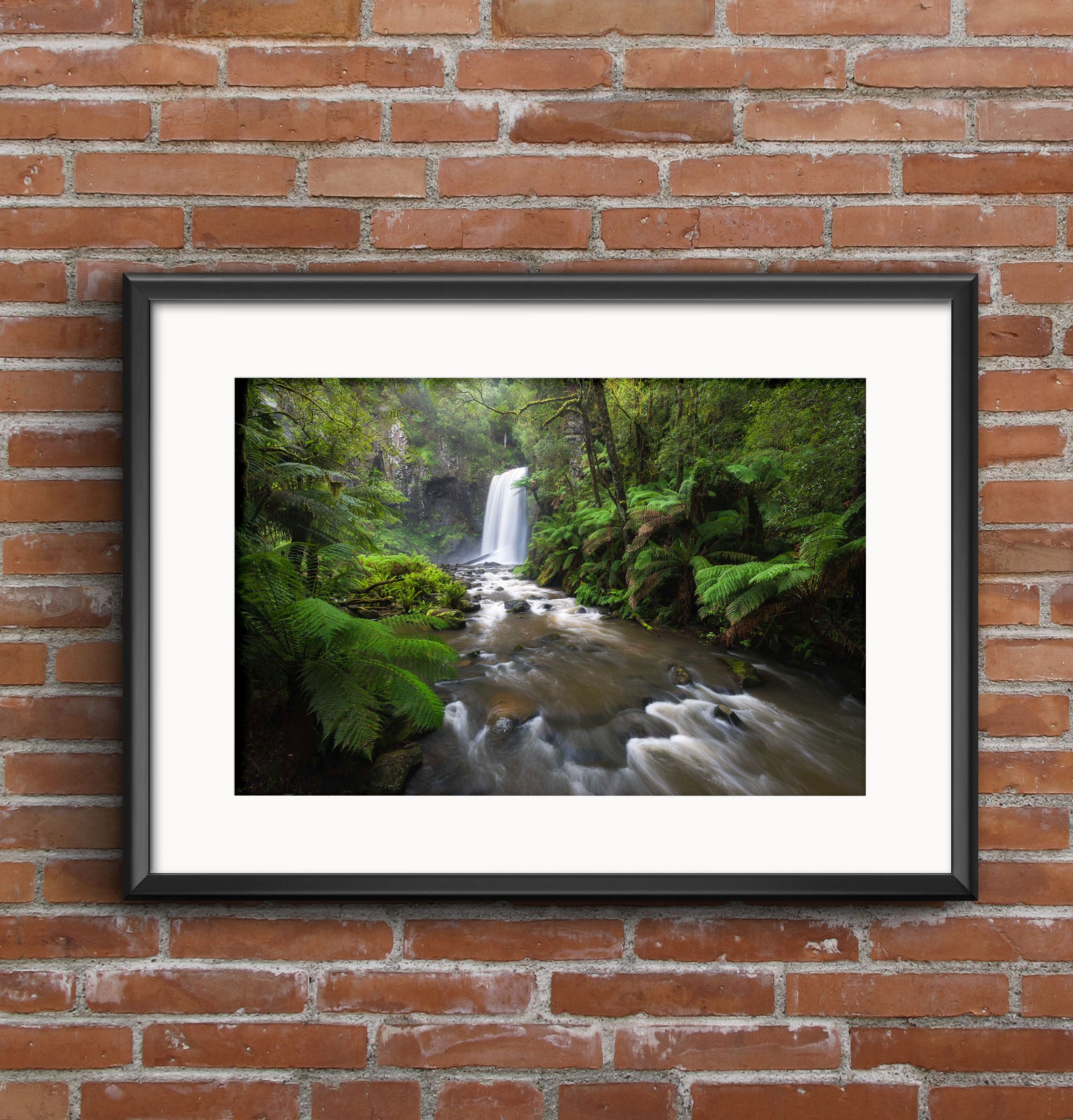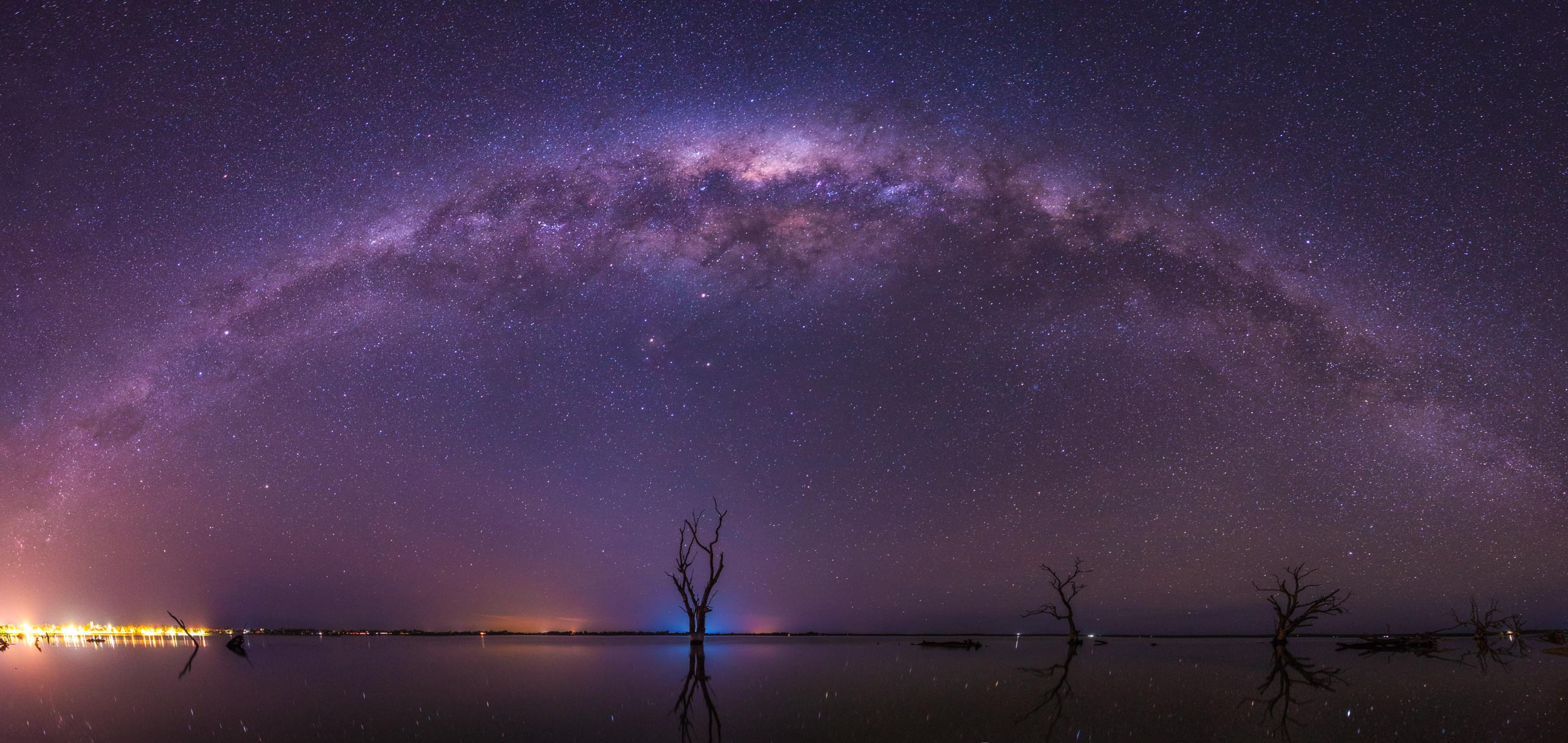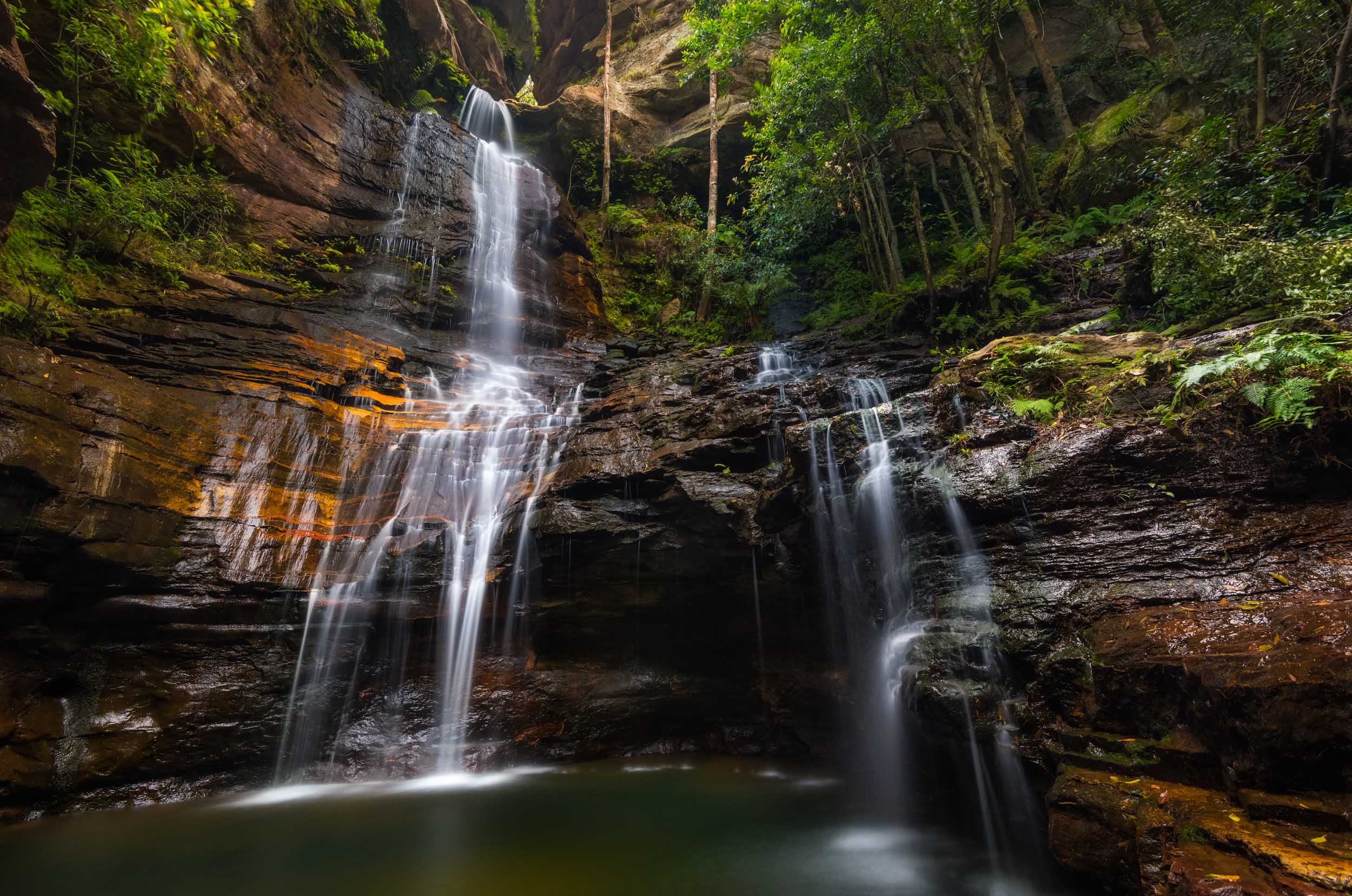The majority of us view images these days on our computers and phones, but it is becoming increasingly rare to actually view a physical copy of that image in person.
While I love admiring landscape and travel photographs posted to Facebook and Instagram, the experience can't compare to viewing an image in print. Especially when it's a large print.
There is something about seeing a physical representation of an image, the texture of the paper and the depth of colour that adds a completely new dimension. Even if you have seen the photograph before online, I find that its almost like seeing the image again for the first time.
Late last year I visited world renowned Australian photographer, Ken Duncan's gallery in Erina Heights, New South Wales. This was a revelation to me. I, like most people don't often have my work printed. Yes I have a couple of images hanging on my walls at home that I love, but the majority of my work can only be seen online.
Walking into Ken's gallery opened my eyes and gave life to a new inspiration and desire for photography that I had never felt before. It brought about the realisation that printing completes the cycle - From the eye of the photographer and the process to capture the image, to the digital post processing and finally the printing to create a piece of art.
60x40 Canvas
In our digital society, photographs are shared/consumed online and within 24 hours they're gone. Printing your photography gives your images a life of their own. They no longer have an expiration date. For all the work that goes into making an image, it's a shame that after the initial post to social media, they then sit on our hard drives, never to be seen by anyone else again.
If you are a photographer, whether as a hobbyist, enthusiast or professional - you need to experience your own work in print.
While I know that 85-90% of my work will continue to be in a digital format, I don't think it will ever compare to the addictive rush of seeing a completed large scale print.
To finish off, check out this great video from one of my YouTube favs Peter McKinnon on why you need to be printing your photos.
If you are tired of looking at that empty wall in your home or the office, please consider browsing my galleries for the perfect image to complement your space. My work comes in a variety of sizes and mediums ranging from canvas, metal and standard fine art prints.


















